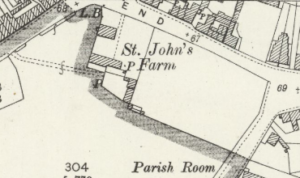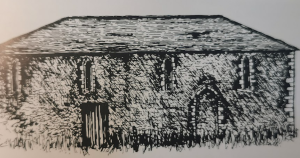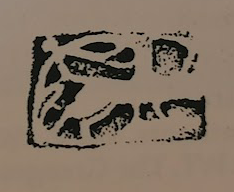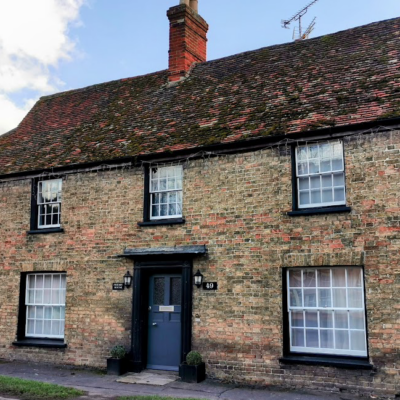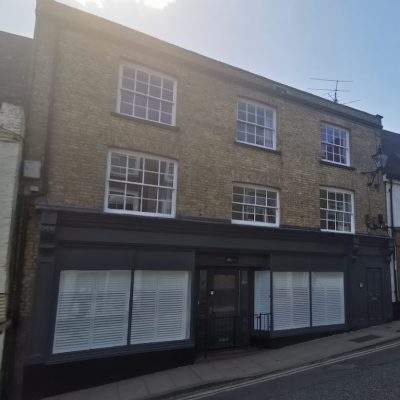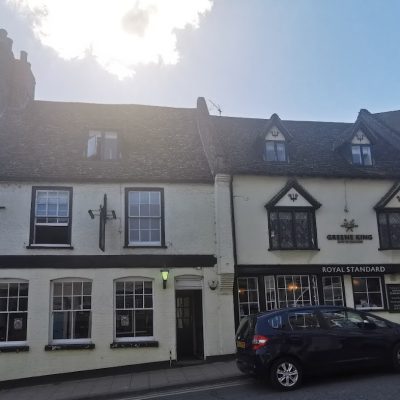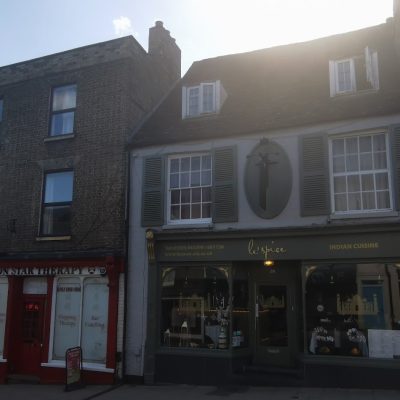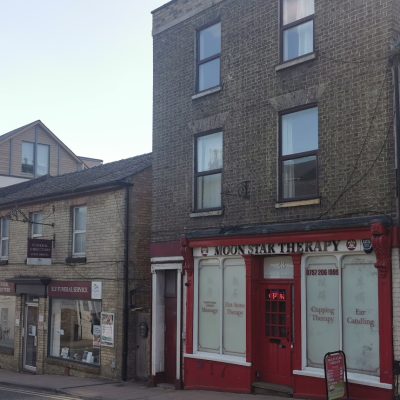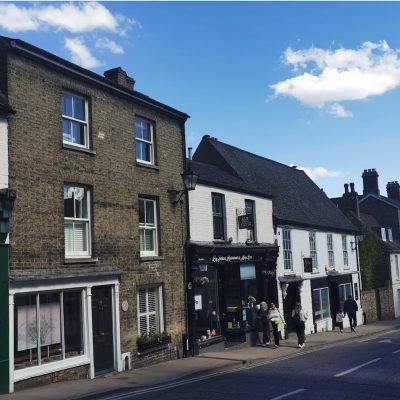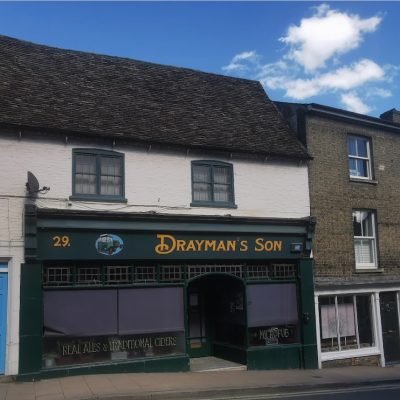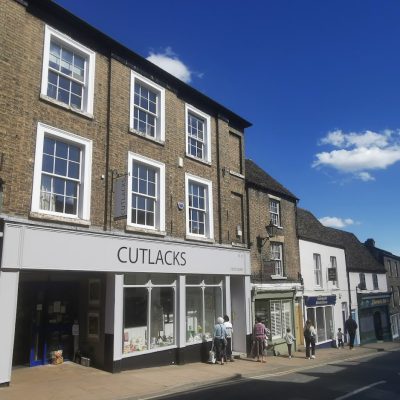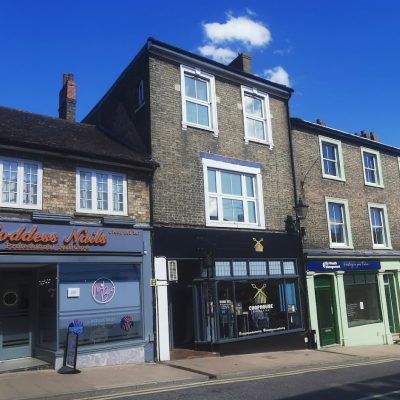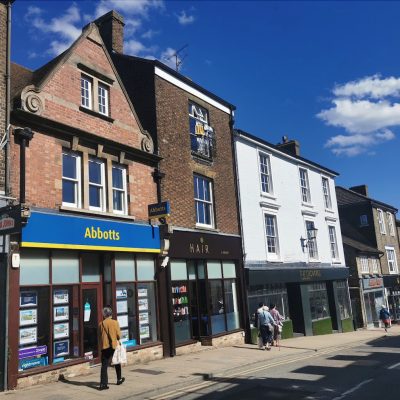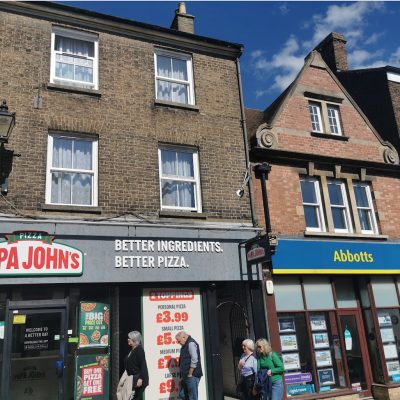Search by topic
- archaeology
- Building of Local Interest
- charity
- church
- crime
- dressmaker
- fire
- Great Eastern Railway
- Listed building
- Mapping Relief
- medieval
- oral history
- poverty
- Public House
- Rattee & Kett
- Religious House
- Roman
- scholar
- school
- Then and Now
- tudor
- women
- work
- world war one
- world war two
Search by text
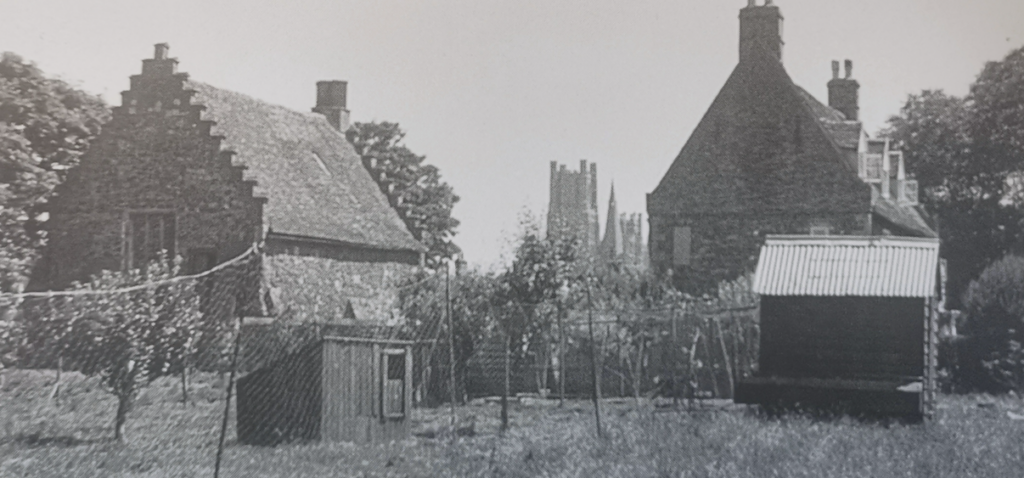 St John's Farm, 1935 (photo L Cobbett) (Cambridgeshire Collection)
St John's Farm, 1935 (photo L Cobbett) (Cambridgeshire Collection)St John’s Farm, Hospitals of St Mary Magdalene and St John, Ely
History of St John's Farm
A C16-C17 brick and stone house incorporating a medieval timber frame.
The present farm known as St John’s is thought to occupy the site of the Hospital of St Mary Magdelene, first recorded in 1225 when it was gifted the church at Littleport. In about 1251 this hospital was merged with a second, St John the Baptist, by Bishop Hugh Northwold. This then became the Hospital of St John the Baptist and St Mary Magdelene. The bishop also drew up a simple rule for communal living: the hospital was to be placed under the care of a Master, and was to have no more than 13 brethren, both lay and clerical. The Master was allowed a room of his own, but all others were to share a single dormitory, and all, including the Master, were to eat together in one refectory.
Building: two-storey service building representing three bays of the infirmary hall to the Hospital of Mary Magdelene first recorded in 1225. In 1251 it merged with the Hospital of St John the Baptist to become the Hospital of St John the Baptist and St Mary Magdelene. The building currently (as correct in 2016) forms part of St Johns Farm, Ely.
Barn to the south-west of St John’s Farmhouse, containing early C13 fabric, lying within the historic curtilage of St Mary Magdalene hospital, is listed at Grade I
Dove house at St John’s Farm, documented as such from the C17 containing medieval fabric from the former Hospital of St John the Baptist and St Mary Magdalene
The site was investigated by Louis Cobbett in 1934.
Contribute
Do you have any information about the people or places in this article? If so, then please let us know using the Contact page or by emailing capturingcambridge@
License
This work is licensed under CC BY-NC-SA 4.0





